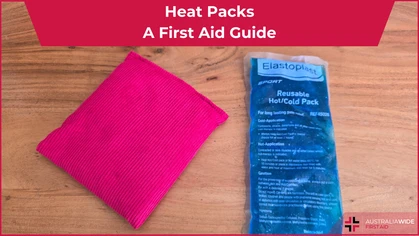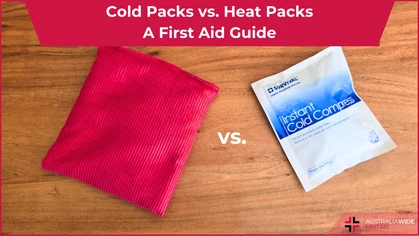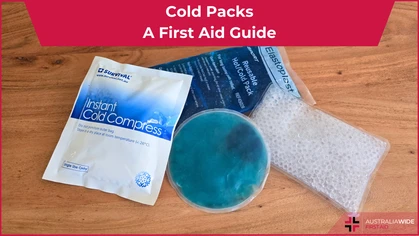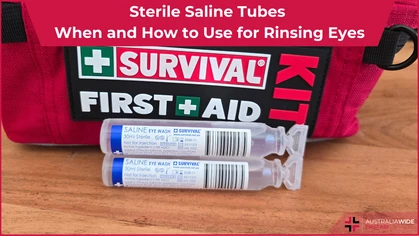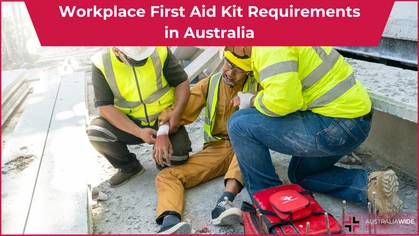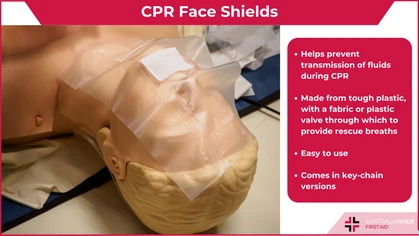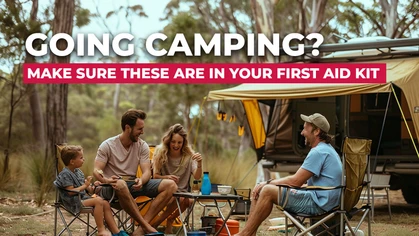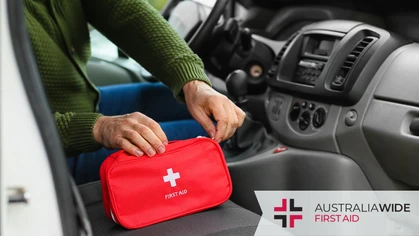House Party First Aid Kit

First Aid Equipment
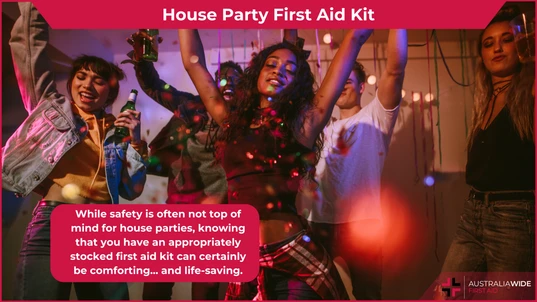 Party season is upon us, especially for those with teens who are shortly finishing school.
While safety is often not top of mind for house parties, knowing that you have an appropriately stocked first aid kit can certainly be comforting.
Party season is upon us, especially for those with teens who are shortly finishing school.
While safety is often not top of mind for house parties, knowing that you have an appropriately stocked first aid kit can certainly be comforting.
Common House Party Injuries
There are a number of injuries that happen often during house parties, ranging from very minor to medical emergencies. Knowing how to recognise and treat these injuries can help you ensure the comfort and safety of all revellers.- Cuts - Cuts are very common during house parties. Broken glass, sharp corners, and even prickly plants can all be culprits, especially when alcohol is involved.
- Bruises - Bumps and knocks can cause all sorts of bruises, especially from pesky coffee tables and chair edges.
- Strains and Sprains - All that dancing and moving around can cause strains and sprains, particularly in the legs and back.
- Alcohol Poisoning - Consuming too much alcohol can have debilitating effects on the body.
- Drug Reaction and Overdose - These require immediate medical attention, regardless of any concerns about the legalities of drug use.
- Slips and Falls - Spilled drinks, wet floors, or cluttered areas can lead to slips and falls, resulting in injuries such as sprains, strains, and fractures.
House Party First Aid Kit
Treating some of these injuries can be quite simple and done at home. Others will require professional medical attention. During the party, have the first aid kit in an easily accessible place, and make sure at least a few people know where it is. It doesn’t have to be signposted, but if it can be found easily should an injury occur, it will make treatment easier. Here is a list of items to keep in your first aid kit:- Bandaids
- Bandages
- Gauze
- Triangle bandage
- Antiseptic solution or wipes
- Tweezers
- Scissors
- Disposable gloves
- Instant ice pack
- Saline solution
- CPR mask
- Antihistamines
- Over-the-counter painkillers
- List of family member medical conditions
- Torch with extra batteries
- Vomit bags
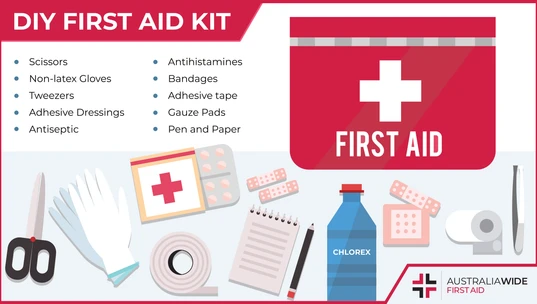
House Parties Away From Home
If your school-leaver is attending parties in a rented location over a few days, for example Schoolies, it is a sensible idea to send them with a first aid kit. They can take this into the property with them and store it away in an easily accessible and logical location. They should be well versed in the contents of the kit, and how to use each one. Teens from the age of 14 can receive their first aid certificate. It would be advantageous to enrol your teen in a first aid course before they begin their party stage. Having the knowledge of how to treat wounds, when to call for emergency services, and how to perform CPR are critical life skills. By enrolling them in a first aid course, you are giving them the gift of the ability to save lives. Australia Wide First Aid regularly has teens and young adults attend our training sessions. Book one in now and give your teen the gift of life!
Originally published at
https://www.australiawidefirstaid.com.au/resources/house-party-first-aid-kit
as part of the Australia Wide First Aid Articles Library
